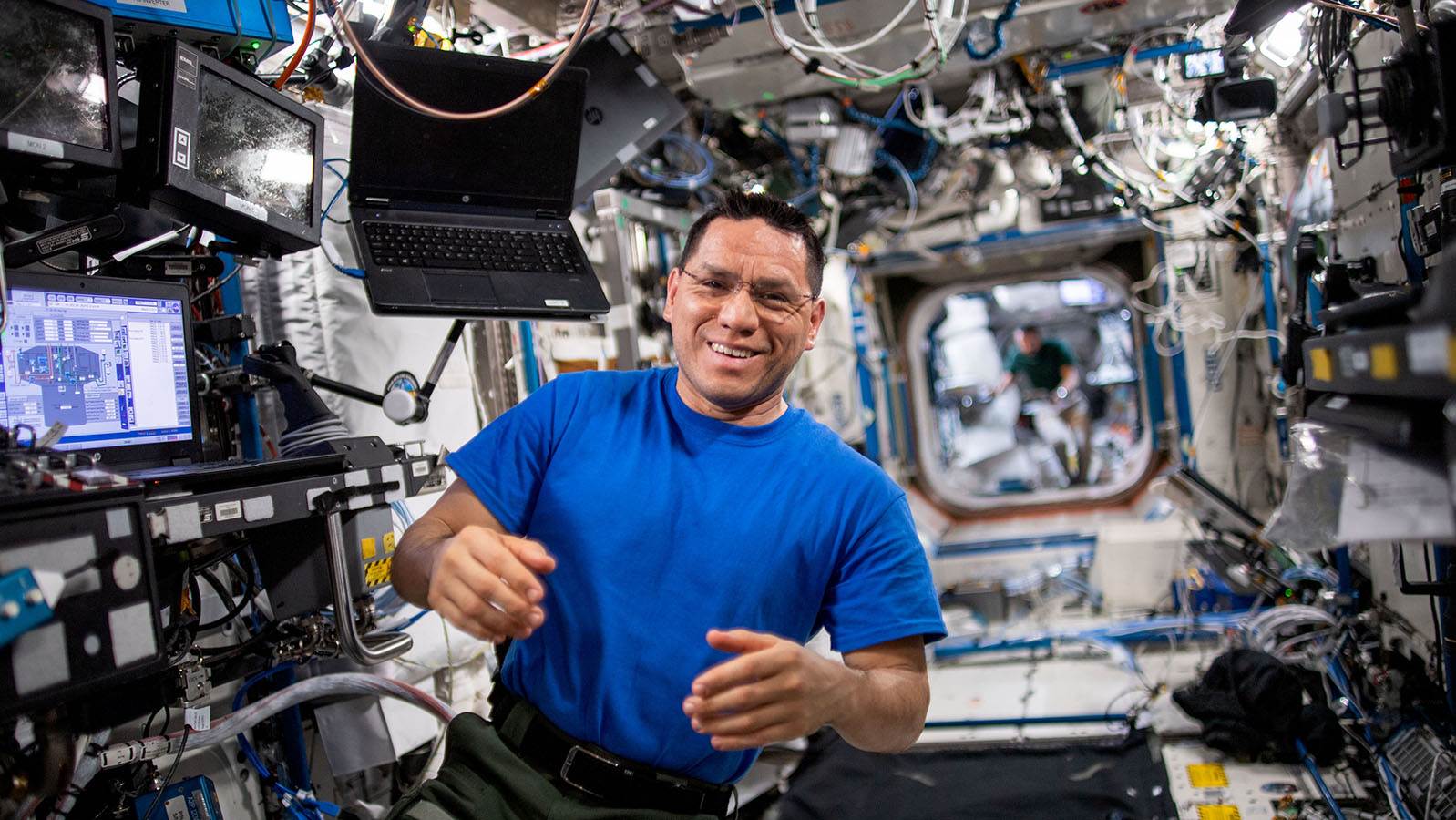Stay Up to Date
Submit your email address to receive the latest industry and Aerospace America news.
The Society and Aerospace Technology Outreach Committee promotes the transfer and use of aerospace technology for the benefit of society.
With many space missions in the works this year, a few made historic impact.
In April, NASA announced the crew of its Artemis II mission, scheduled for late 2024: NASA astronauts Victor Glover, Christina Koch and Reid Wiseman and Canadian Space Agency astronaut Jeremy Hansen. This crew contains several firsts: Glover will be the first Black astronaut to orbit the moon and Koch the first woman. Hansen will be the first Canadian astronaut to participate in a lunar mission.
In August, India’s Vikram lander touched down near the lunar south pole for the Chandrayaan-3 mission, making India the fourth country to land a robotic craft on the moon — the United States, China and the former Soviet Union being the first three.
Days after the landing, a Crew Dragon Endurance capsule was launched toward the International Space Station with the most internationally diverse crew of any SpaceX launch to date. The crew consisted of mission commander Jasmin Moghbeli, a NASA astronaut; European Space Agency astronaut Andreas Mogensen; Japanese astronaut Satoshi Furukawa; and Russian cosmonaut Konstantin Borisov. The four crew members are scheduled for a six-month stay on the station.
September was an eventual month. Frank Rubio broke the record for the longest spaceflight by a NASA astronaut, spending 371 days aboard ISS. The previous record of 355 days was set in 2022 by Mark Vande Hei. Rubio’s record was not planned. He arrived at ISS in September 2022 with two Russian cosmonauts for a six-month mission. In December, their Soyuz capsule developed a coolant leak, prompting NASA and Roscosmos to extend their stay as the leak was studied. Roscosmos later determined that a meteoroid struck the capsule and in February sent a replacement Soyuz to the station to bring the three crew members home.
Also in September, NASA’s OSIRIS-REx spacecraft returned to Earth orbit to release a capsule filled with rocks and dust from the asteroid Bennu. That capsule touched down under parachutes at the Utah Test and Training Range, making the U.S. the second nation after Japan to collect samples from an asteroid and return them to Earth. Short for Origins, Spectral Interpretation, Resource Identification, Security-Regolith Explorer, OSIRIS-REx is an opportunity for scientists to learn more about the time when the sun and planets formed about 4.5 billion years ago. Scientists plan to study the Bennu samples for insights into how Earth acquired the ingredients that made life possible.
A week before the OSIRIS-REx landing, Amazon Studios released “A Million Miles,” the story of NASA astronaut Jose Hernandez. Born in Mexico, Hernandez and his siblings helped his farm-working parents pick produce in the fields of the San Joaquin Valley in California. The movie tells the story of how Hernandez’s dream of the stars led him to become a NASA astronaut. He applied to the program 12 times before being accepted in 2004. After completing his training in 2006, Hernandez supported space shuttle launches as a mission control capsule communicator at NASA’s Kennedy Space Center in Florida. In 2009, he flew as a mission specialist aboard the space shuttle Discovery in STS-128, the 30th shuttle mission to ISS.
Stay Up to Date
Submit your email address to receive the latest industry and Aerospace America news.




